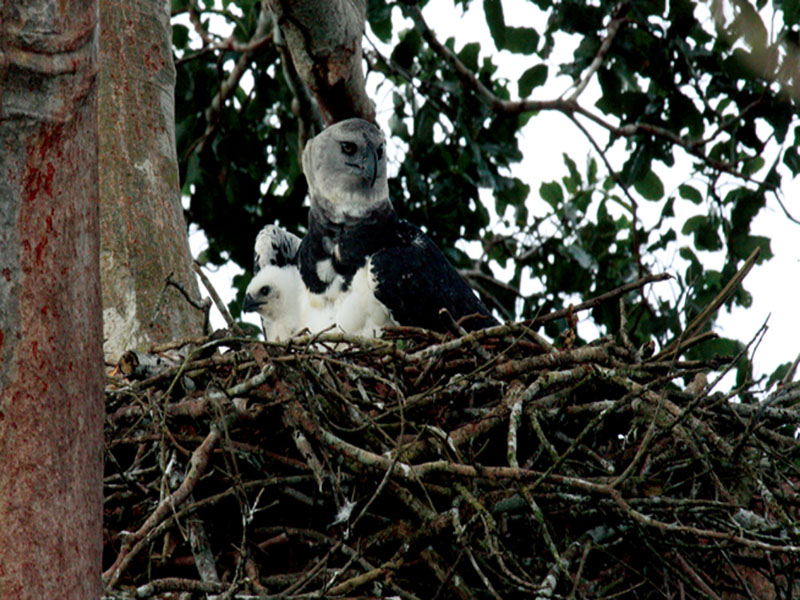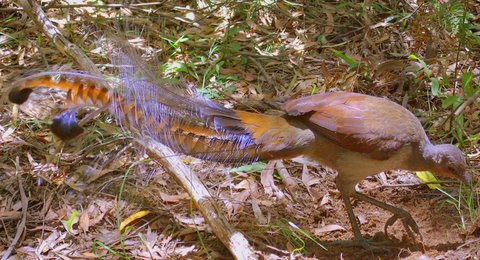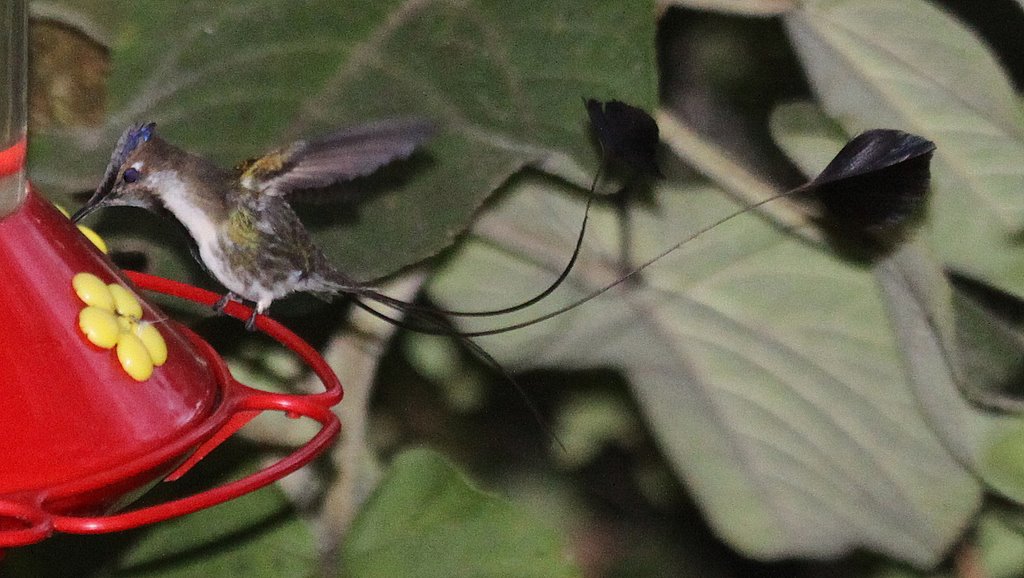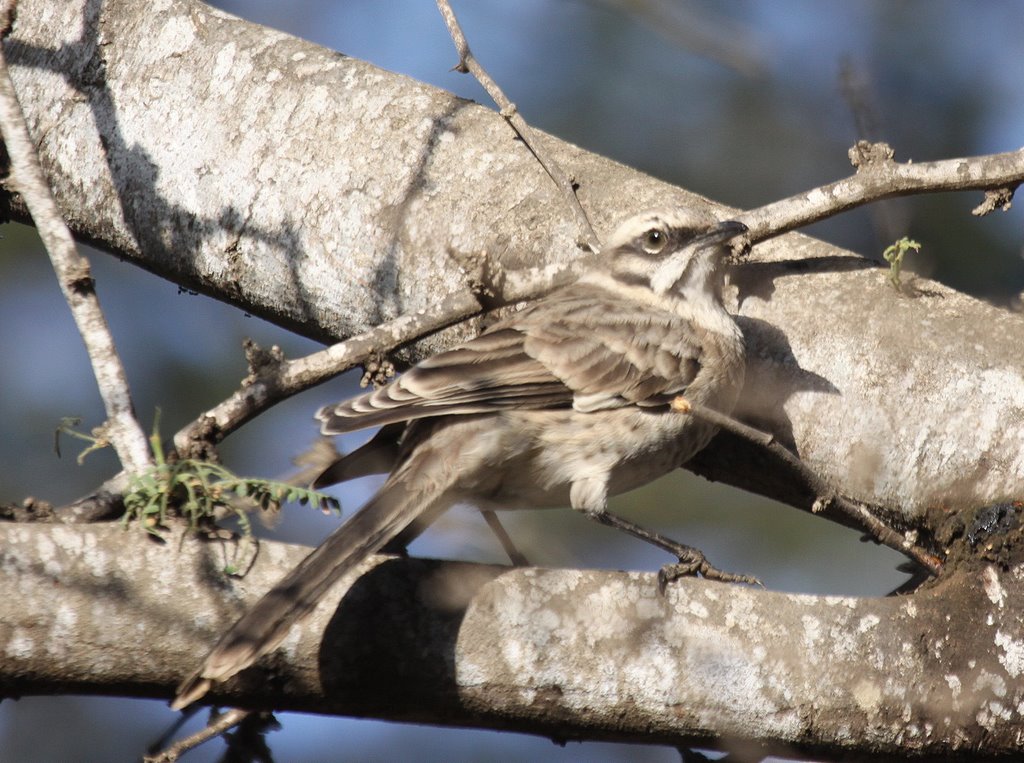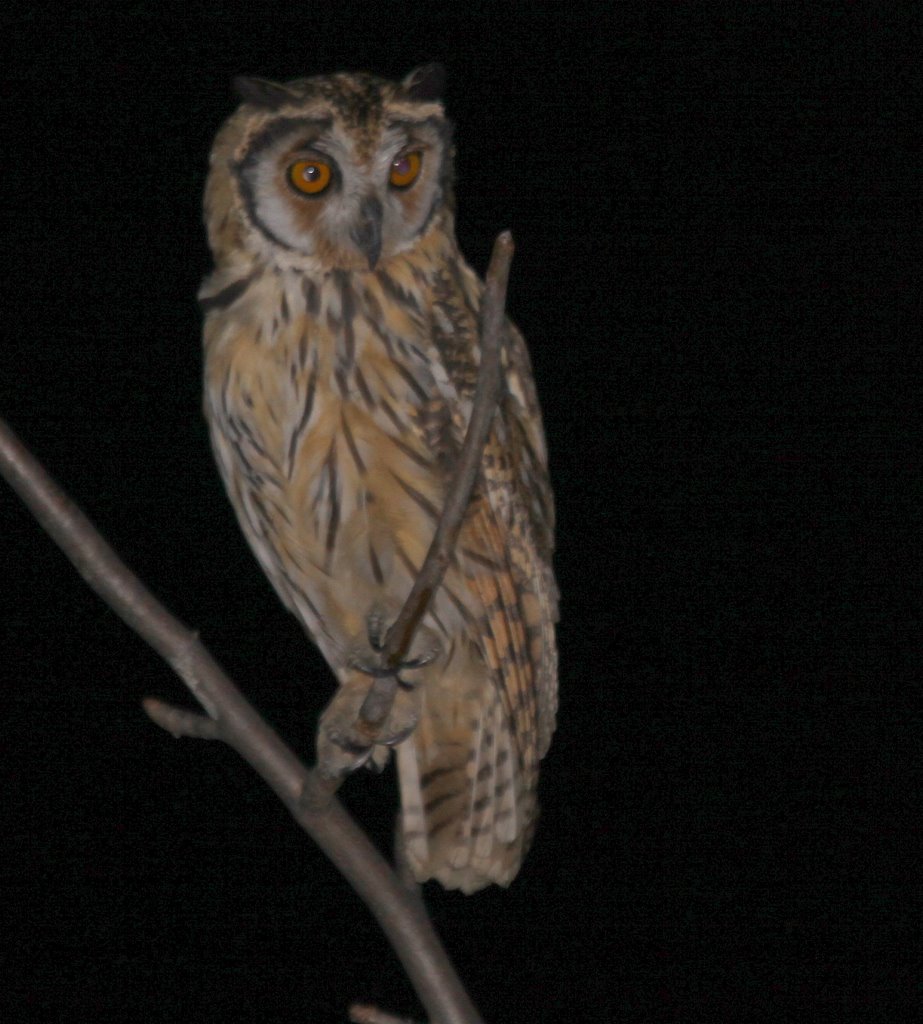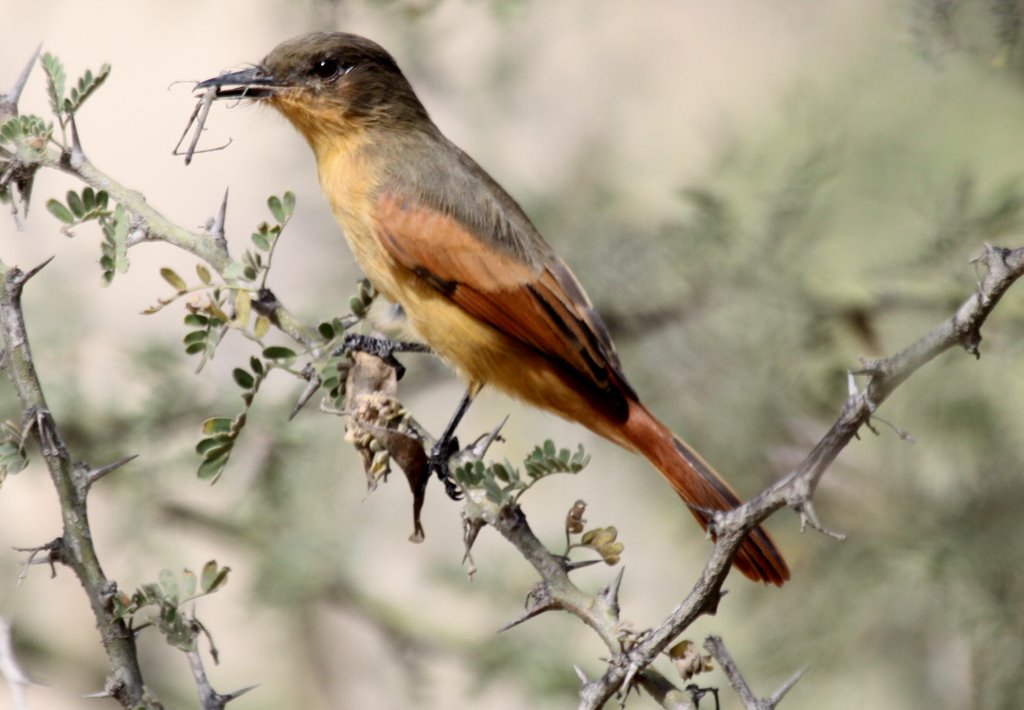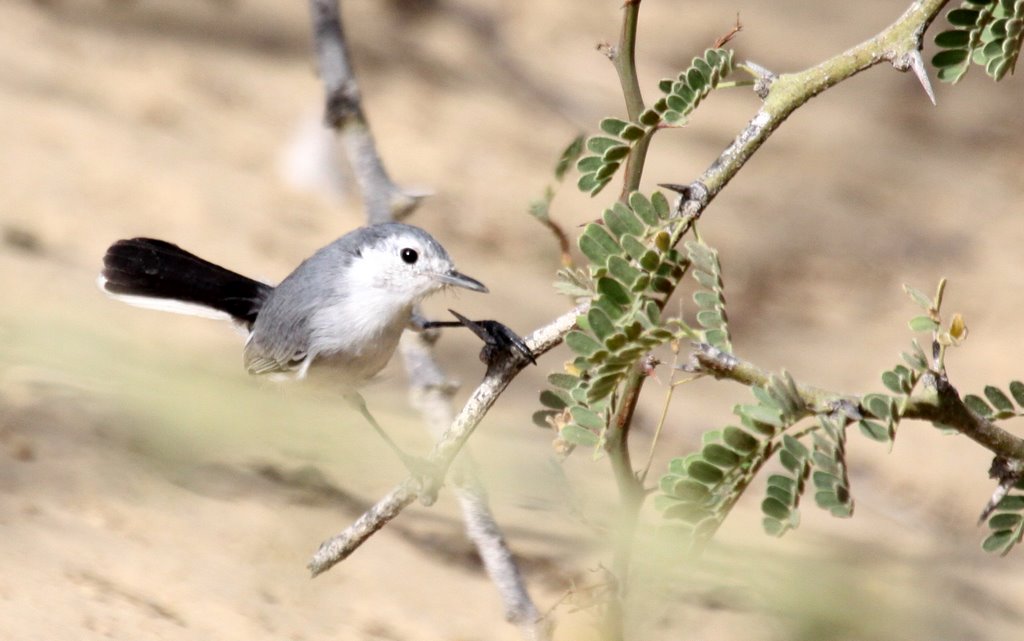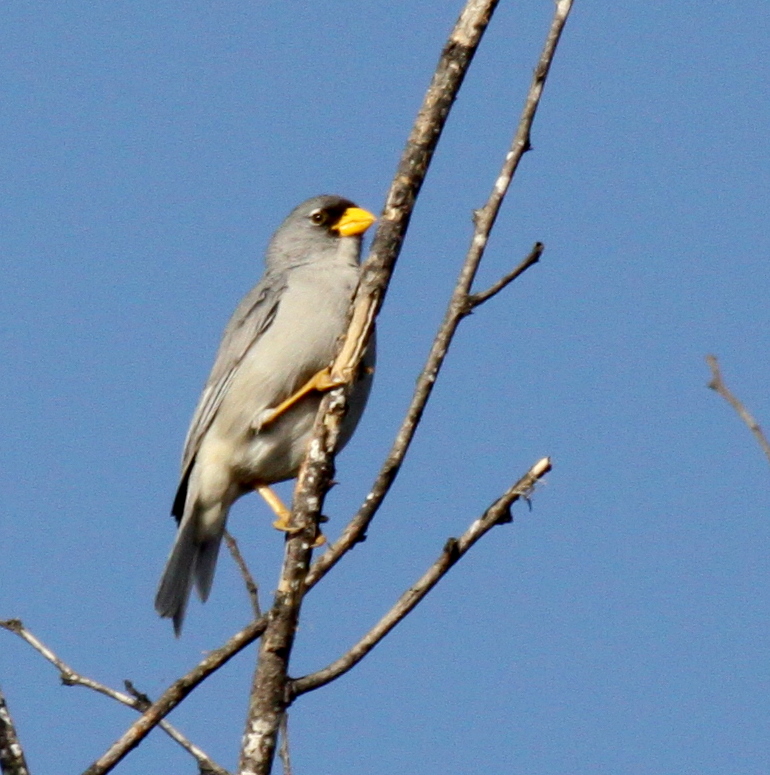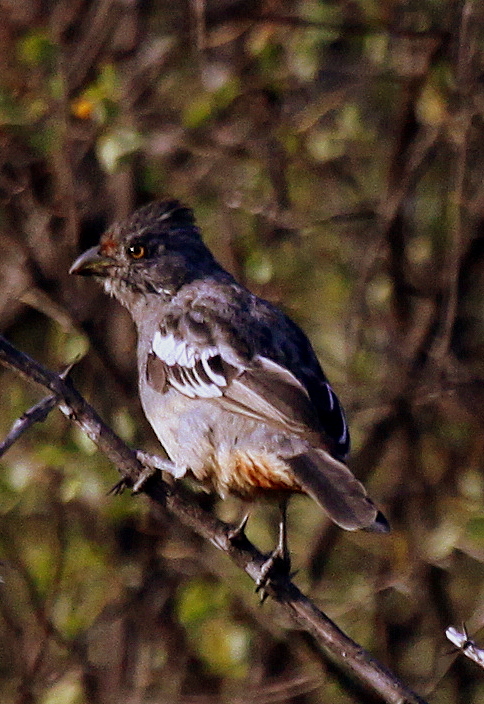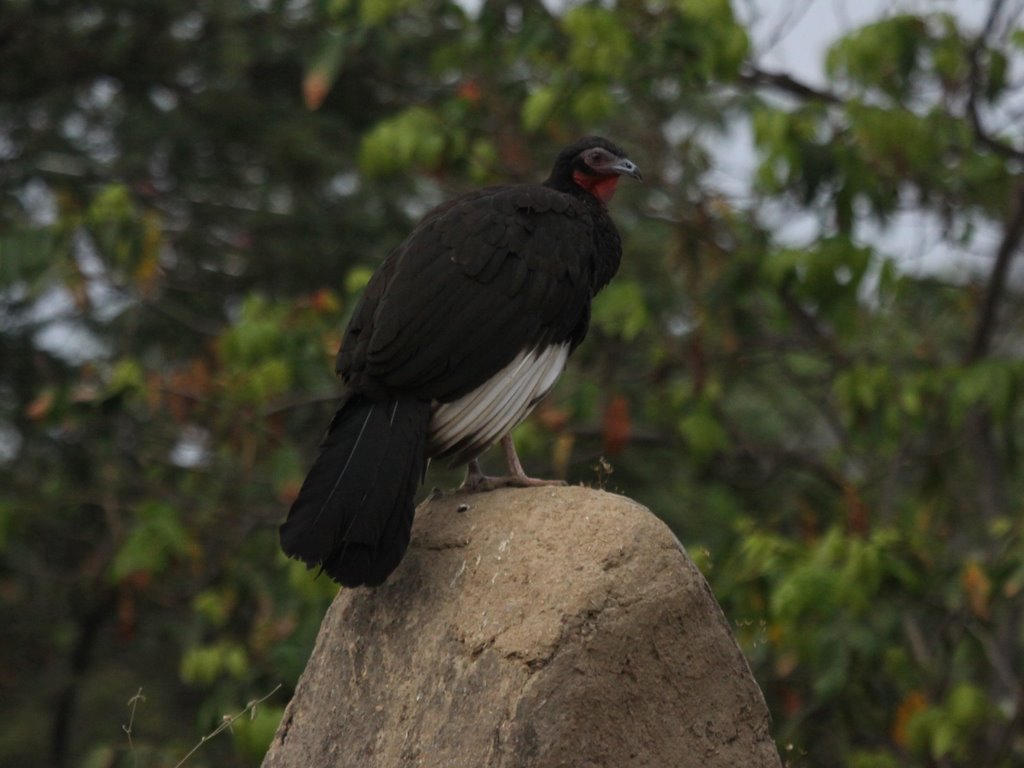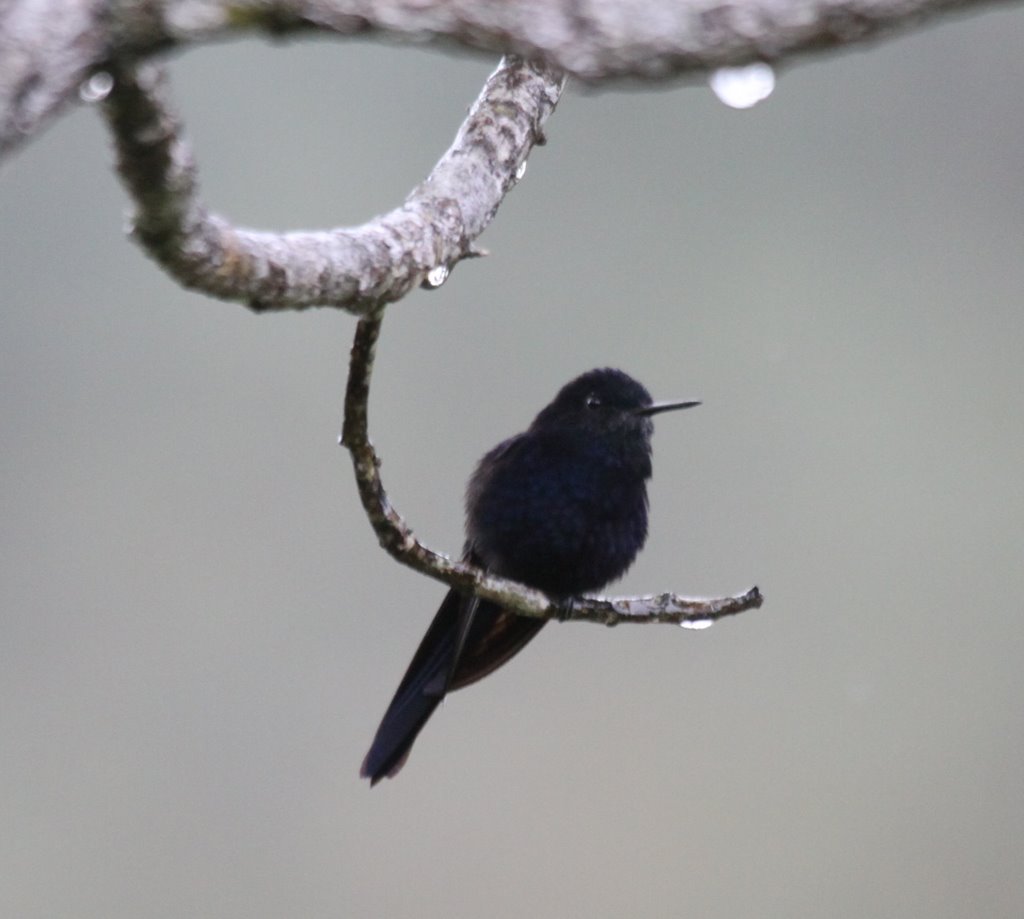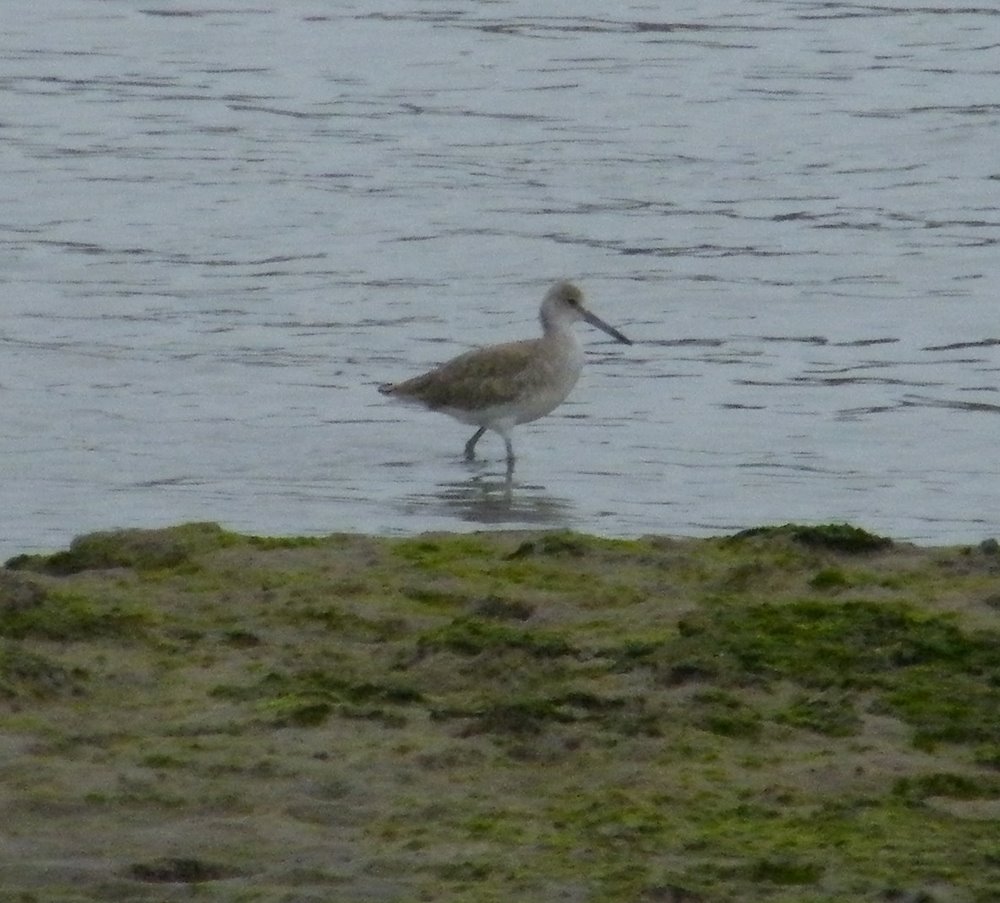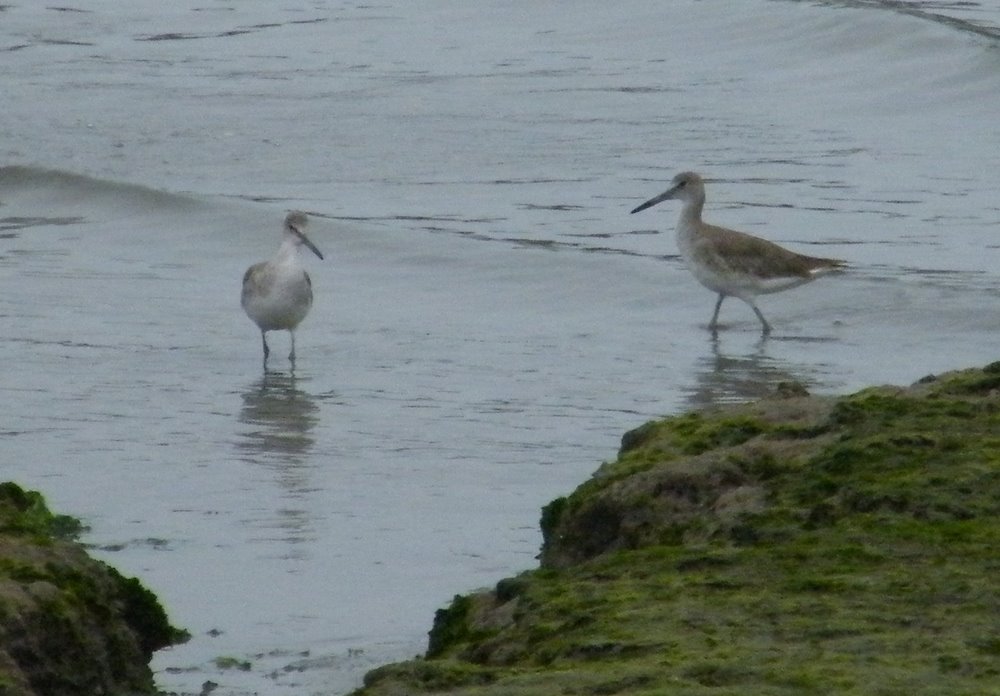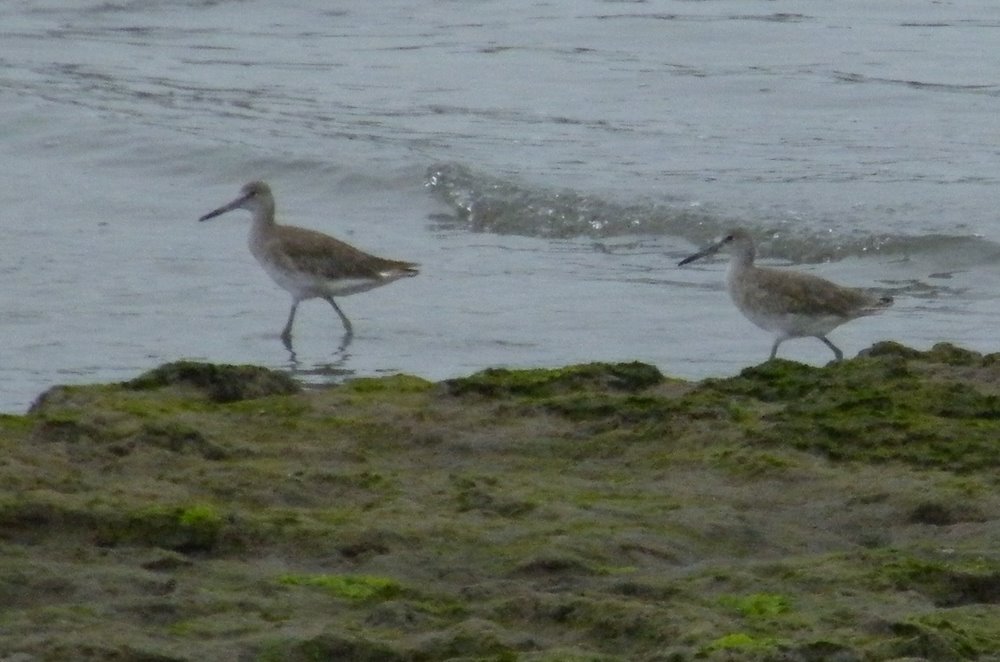Twitter, hashtags and RSS feeds.
 Last post in the Twitter for birders crash course was about the traditional uses of Twitter. It may still be a bit difficult for birders to really understand the potential here, but make sure you read the previous article first and sign up for a twitter account prior to trying to understand what this post is all about.
Last post in the Twitter for birders crash course was about the traditional uses of Twitter. It may still be a bit difficult for birders to really understand the potential here, but make sure you read the previous article first and sign up for a twitter account prior to trying to understand what this post is all about.
In the present post, I will concentrate on the functions that shall become a revolutionary tool for birders. Hashtags and RSS feeds. These terms will be explained later in the text below.
First of all I must mention that I am having a few problems in different platforms. What worked best for me is using Mozilla Firefox web-browser and https://twitter.com with Power Twitter plug-in. Therefore, do consider to download Mozilla Firefox. While, you may read through this manual and test for hashtags without a Twitter account, it is highly recommended that you do sign up for a Twitter account before doing any testing and also download the Mozilla Firefox Power Twitter plugin for Twitter. This is a great plug-in, making the Twitter.com interface more user-friendly and adding a series of features such as short url and the ability to demask the links sent in a tweet so you see what they contain. I also noted that it is the fastest of the available hashtag readers. More on that later.
Twitter on your cell phone
As I mentioned in my earlier post you can twitter from your phone. To do so you have best to upload a Twitter client. There are different apps for different phones, such as Twitterberry (for Blackberry Phones) or Twitterific or similar for Iphones. For other phones check for applications on the twitter app page for mobile phones. With such an application you will be able to use your phone to tweet out a message when you are actually in the field birding at the same instance you are doing the observation, providing you have coverage where you are.
Hashtags for birders.
I think by now you are slowly grasping the idea that real time birding information like this can be very useful. But what if you are 2000 birders in your state or 10s of thousand birders in a country that are tweeting out real-time birding observations? If you would be following all these people, apart from the bird observations you would also get some 5-10 times more general messages that relates to things like “I am having cofffee“, “I am going to the dentist” and “I just ran 5K and feel totally exhausted“…
So how to just recieve the messages you are interested in? Can you select what you want to get information about? Yes, you can! With hashtags – words that are marked with # – can be searched for by automatic RSS feeders. (I don’t know what RSS is either, but it works! RSS means Real Simple Syndicate – which is just as difficult to understand, so let us content with that RSS catch web-page updates and have them transfered to another location such as a blog or an RSS reader)
With hashtags you can get messages from all people on Twitter that use the same hashtag. You don’t need to follow any of them, but can still get all their messages that are related to the thing you are interested in.
Test this:
1. Enter https://twitter.com
2. In the search box type #birding and press enter.
How about that…? Pretty powerful, huh?
So say that all the people in birdclub or the list server joins Twitter and promise to put a specific #hashtagword that is identified with for specific purpose.
I intend to send a link to this blog to some chosen list-servers to test the functionability of this idea. To make it easier for you to see how it can work for you, I have already created some hashtags for birders that you can use.
Testing Hashtags for birders.
First of all, some credit is due. Dan Thalmann, sent a message to KSBird-L – Kansas birding listserver – mentioning how Twitter can become useful to birders and that hashtags should be used to mark specific regions. He suggests #ksbrd for birding in Kansas.
Maybe we should seperate between actual birding news in general and rare bird alerts in Kansas. Therefore let’s create two codes.
#ksbrd – for general birding, as well as activities that are birding related such as lectures or announcements for field trips.
#ksrba – for Kansas Rare Bird Alerts. If one particular bird at a location generate a lot of tweets, one may just drop the #ksrba tag, by simply replace it with #RossGull or any #ringing-code.
Here is my list of other test areas.
#ILbrd – for Illinois Birders
#ILrba – for Illinois rare bird alert
#CALbrd – california bird news
#CALrba- California rare bird alert
#TEXbrd – Texas birding news
#TEXrba – Texas rare bird alert
#Masbrd – Massachussets bird news
#Masrba – Massachussets rare bird alert
#FLbrd – Florida bird news
#FLrba – Florida rare bird alert
#CARrba – N & S Carolina rba – for some areas it may be useful to join two states into one rare bird alert hashtag.
#ABArba – ABA birding area rare bird alert
#Rarevine – uncommon birds sighted in the UK – similar to what is reported by Birdguides
#UKrba – United Kingdom rare bird alert – the hashtag is reserved for Mega-birds
#C300x – Sweden rare bird alert
UPDATE: I have added #rarevine to the list above …..which existed before the preperation of this article without my knowing it…
I follow all these lists, so I will make sure that a few tweets are being sent out with the corresponding #tags. Meanwhile, I hope as many as possible will follow the below instructions below to make sure the messages reach your cell phones or set up more hashtag bird alerts for other areas (let me know if you need assistance). After a week of testing, I will make a summery for your list and give the result of the excersize. Then it is up to you to keep it up. I shall set up these systems for Peru if it looks as if it works elsewhere (too few birders in Peru, to start it here….and even fewer who have smart-phones!)
How much does the Twitter based Rare Bird Alert cost?
Rare bird alert systems in the UK can cost as much as over 400 US$/year including the rent of the pager. “This system sounds as it may be expensive! So what does all this cost?”
IT COSTS NOTHING!!! Well, that is apart from your regular cell phone service. There may be older phone-models that will not work. I believe you need a smart-phone, iphone or Blackberry to make it work. Let me know if you are able to set it up for older phones. It is preferable to have free data transfer to your cell phone account, so that is not a limiting factor. You may still join with phones where you pay for data services per byte, but note that in spite that the tweets don’t cost much at all (due to their small size), it is the other stuff that is available to you through your mobile RSS reader and the links that people send through Twitter that makes reading web-pages on your phone very costly if you don’t have a plan with unlimited data. The only thing that I ask of you is that you follow me on https://twitter.com/kolibrix as a gesture. You shall be getting updates and lots of interesting birding links in my tweets – and get to know me a little bit…..only to find that I am very ordinary…. (sorry to disappoint you if you had any grander thoughts…). Why I ask you to follow me? It makes me look more popular than I really am! I am sure you understand this is just pure vanity!
Step by Step: How to create a Rare Bird Alert system for cell phones through Twitter, hashtags and RSS
1. Create a hashtags for your birding area. I have created a few for you already ready to use. I created these by just sending a tweet containing the word. Previously, you had to follow https://twitter.com/hashtags in order for your hashtag to register, but I believe this is not necessary now. Anyway, I sent my hash-tags through Tweetdeck. Make sure the hashtag is both short and descriptive at the same time – and it has to be unique. There is no limit, you may set up a hashtag for any particular area you think needs singling out, the key issue is that all user use the same hashtag for the same purpose. Therefore, it is likely that list administrators or bird-club boards decide which hashtag to use.
2. I presume you already have a smart-phone, Blackberry or an iPhone. You need a phone that can recieve and transfer data.
3. Install a Twitter client on your phone so you can tweet and recieve tweets from your phone. There are Twitter clients also available for more basic phones. I use Twitterberry for my Blackberry (see above).
4. Install an RSS reader on your phone. While you could use the mobile version of for instance Google reader, for which you have to make sure you have data connection every time you want to look at the hashtag feed, it is much more useful to have an RSS reader that download the feed to your phone, so you can read the message containing the hashtag at any time even on a plane or in the subway where you have no connection. I have found a great such application for smart phones and Blackberry called FreeRange Reader. Download it to your phone by directing the phone’s web-browser to https://mwap.at and set up an account (it is free!).
If you use iPhone, you may try Net Use Wire for iPhones from Newsgator. Please comment below how it works.
5. Create the RSS feed for your hash-tag. This is best done in Mozilla Firefox browser and Power Twitter (see above). For some reason in Internet Explorer with Twitter.com it does not work. You create the feed by searching for your hash-tag like in the example above for #birding. In the right column at the bottom, there is an orange button – saying “RSS feed for this query“. Click right and chose “copy link route“. Login to your RSS Feeder account, you created in the previous step. In FreeRange reader open “manage feeds” and paste this route where you are creating a new feed. You have to put your newly created feeds into a folder. You may want to create a folder specifically for your birding feeds if you subscribe to many. You may even set the RSS feeder so it checks for updates every so often and makes a little beep if there is a new feed. If you only use the RSS feeder as a bird alert gadget – it will be just as any bird alert device. Congratulations! You have just joined a rare bird alert system that will not cost you a penny. The members of the network through the listservers or forums they use, would together set up the guidelines what shall be included in the tweets.
To make the rare bird alert even more efficient, you could include a map and directions from Google maps.
This long Google map link indicates where a Glaucous Gull was seen in California the other day
https://maps.google.com/maps?f=d&source=s_d&saddr=Petaluma,+CA&daddr=38.253542,-122.629116&hl=en&geocode=CV07wYblTw7IFdiVRwIdbdWw-A%3B&mra=mi&mrsp=1&sz=18&sll=38.253608,-122.629459&sspn=0.001643,0.003181&ie=UTF8&t=h&z=18
and it becomes https://bit.ly/xUmE1 when using Tweetdeck to shorten the url. This short url fits with the message. This shows that the 140 character limit can be expanded this way to include links, fotos and other useful information. Very useful!
Last, but not least. It is likely that you will find, just as I have found, that the FreeRange Feeder is such a fantastic RSS reader that you will want to load it with interesting magazines and news you want to follow. Now is when you need that plan that includes unlimited data!!
Check this FreeRange Feeder page for two tutorials that explain how the possibilities of this mobile RSS reader. It doesn’t mention the bird alert system of course!
Follow me on twitter and let me know how this is working for you.


